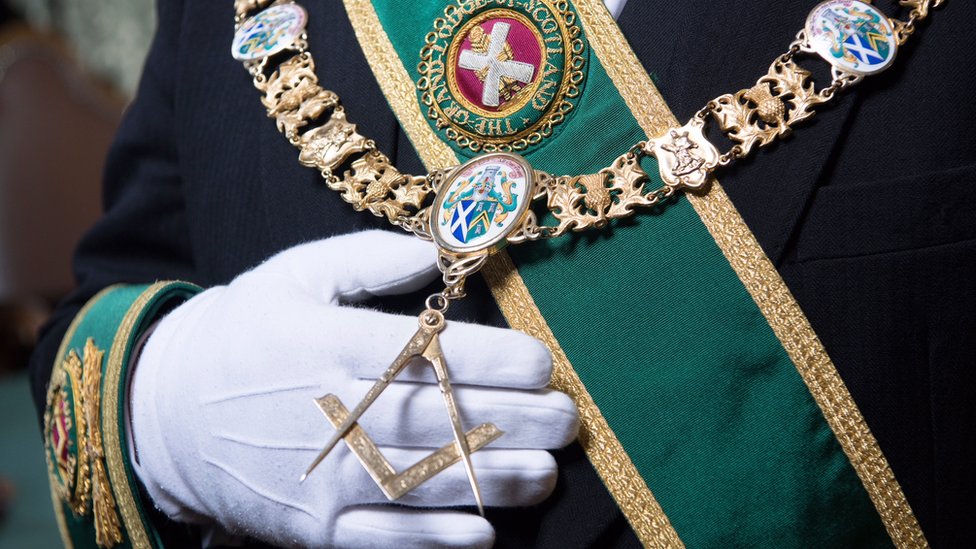Get Started with Simple Instructions on How to Join a Masonic Lodge
Get Started with Simple Instructions on How to Join a Masonic Lodge
Blog Article
Discovering the Mysteries of the Freemason: What You Required to Know
The Freemason, a term often shrouded in intrigue and debate, stands for an intricate tapestry of historical fact and modern-day myth. Developed in the late 18th century, this secret society was at first rooted in the Enlightenment's perfects but has because become associated with conspiracy theory concepts regarding elite control. As we navigate the beginnings, key numbers, and the raw comparison between misconception and reality, one need to consider exactly how these narratives affect contemporary perceptions of power and secrecy. What may be revealed via a better assessment of these elements might test long-held presumptions concerning the shadows that stick around in our society.
Beginnings of the Freemason
The origins of the Freemason are soaked in a mix of historical intrigue and ideological fervor. Developed in 1776 in Ingolstadt, Bavaria, by Adam Weishaupt, the group was initially created as a secret society targeted at advertising Enlightenment perfects such as reason, secularism, and the splitting up of church and state. Weishaupt, a teacher of canon law, looked for to challenge the dominating authority of the church and state, which he viewed as overbearing institutions suppressing intellectual and individual flexibility.
The Freemason sought to hire significant participants from various social industries, consisting of national politics, academic community, and the arts, to cultivate a network dedicated to these Enlightenment concepts. The culture run under a shroud of secrecy, employing coded language and routines to secure its members from persecution, particularly offered the repressive climate of the moment. The Freemason dealt with substantial opposition from both governmental authorities and spiritual establishments, which watched the group as a risk to their power.
Secret Figures and Members
That were the essential figures that formed the Freemason's very early impact and instructions? The Bavarian Freemason, founded in 1776 by Adam Weishaupt, emerged as a feedback to the overbearing societal frameworks of the time.
An additional considerable figure was Johann Gottlieb Fichte, a popular philosopher whose concepts on nationalism and education and learning reverberated with the Freemason's objectives. Fichte was not a formal participant, his thoughtful foundations influenced the team's ideology. Additionally, numbers like the author and philosopher Johann Wolfgang von Goethe were related to the wider intellectual motions of the moment, although their direct involvement with the Freemason continues to be debated.
These vital figures contributed to the Freemason's very early instructions, pushing the borders of political and social idea, while their collective efforts intended to test established standards and foster a climate of modern adjustment in Europe.
Myths vs. Reality
Lots of misconceptions border the Freemason, frequently mixing fact with fiction in such a way that covers its true nature. This secret society, originally established in 1776 in Bavaria, intended to promote Knowledge perfects and battle religious and political injustice. The notion that the Freemason remains to exert significant impact over world events is a myth. While the team did exist, it was dissolved in the late 18th century and has actually not run as a cohesive entity given that after that. important link
Another common myth is that the Freemason makes up a network of elite people manipulating worldwide affairs. Actually, numerous conspiracy concepts overemphasize the group's relevance, connecting misguided motives to societal patterns and occasions. This has actually resulted in an oversimplified view of complicated problems.

Modern Interpretations
Contemporary analyses of the Freemason frequently reflect more comprehensive societal stress and anxieties and a fascination with secrecy and power. This modern lens regularly associates the Freemason with conspiracy theory concepts that recommend a hidden elite coordinates globe occasions, manipulating governments and economic situations for their own gain. Such stories my blog use an ingrained distrust of authority, especially in times of situation or social turmoil.

In addition, some modern-day analyses frame the Freemason as a metaphor for the complexities of globalization and the interconnectedness of influential individuals and organizations. This perspective encourages a vital examination of just how power characteristics operate in today's globe, highlighting the balance between openness and privacy in governance and corporate techniques.
Social Impact and Heritage
Influenced by centuries of intrigue, the social influence and legacy of the Freemason extend much past its historical beginnings. This secret culture, developed in the late 18th century, has actually permeated numerous elements of pop culture, from literature and film to music and art. The principle of the Freemason has progressed into an icon of conspiracy concepts, commonly standing for a perceived concealed power controling worldwide occasions.
In literary works, authors like Dan Brown have woven the Freemason into elaborate plots, fascinating viewers with motifs of privacy and power. Films such as "National Prize" and "The Da Vinci Code" better perpetuate the allure of the society, blending fact with fiction to create interesting stories.
The Freemason's influence likewise prolongs right into songs, with artists referencing the company to stimulate styles of rebellion and societal review. This portrayal has actually contributed to a fascination with the idea of private teams regulating the levers of power, mirroring social stress and anxieties about authority and openness.
Ultimately, the Freemason's legacy is a complicated tapestry of misconception and fact, forming assumptions of secrecy and control in modern discussion. Its enduring visibility in society highlights mankind's perennial pursuit for understanding concealed truths.
Conclusion
The exploration of the Freemason reveals an intricate interplay in between historical realities and modern myth-making. Established in the Enlightenment age, this society aimed to test oppressive frameworks, yet its heritage has actually been eclipsed by conspiracy concepts that suggest elite find manipulation. Comprehending the differences between the original ideals and contemporary analyses is important for understanding the withstanding attraction with the Freemason and its considerable influence on social stories bordering power and privacy in society.
Report this page